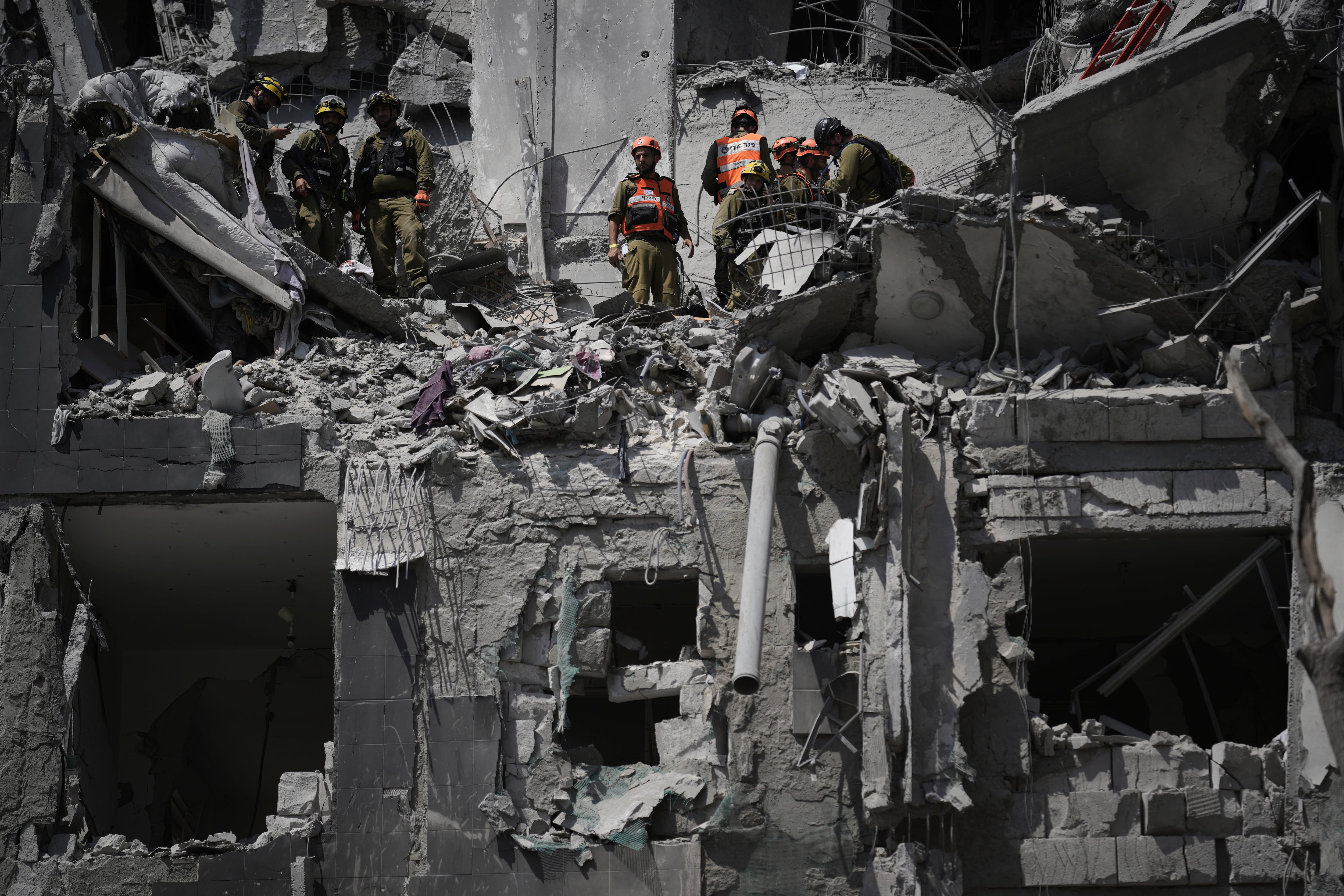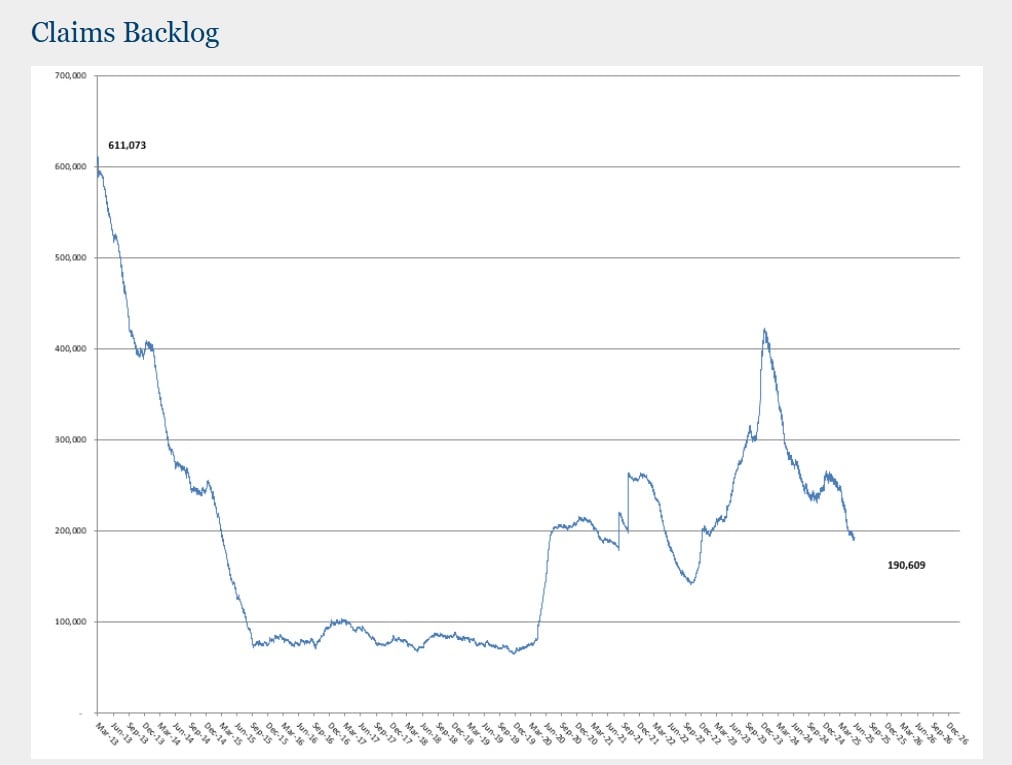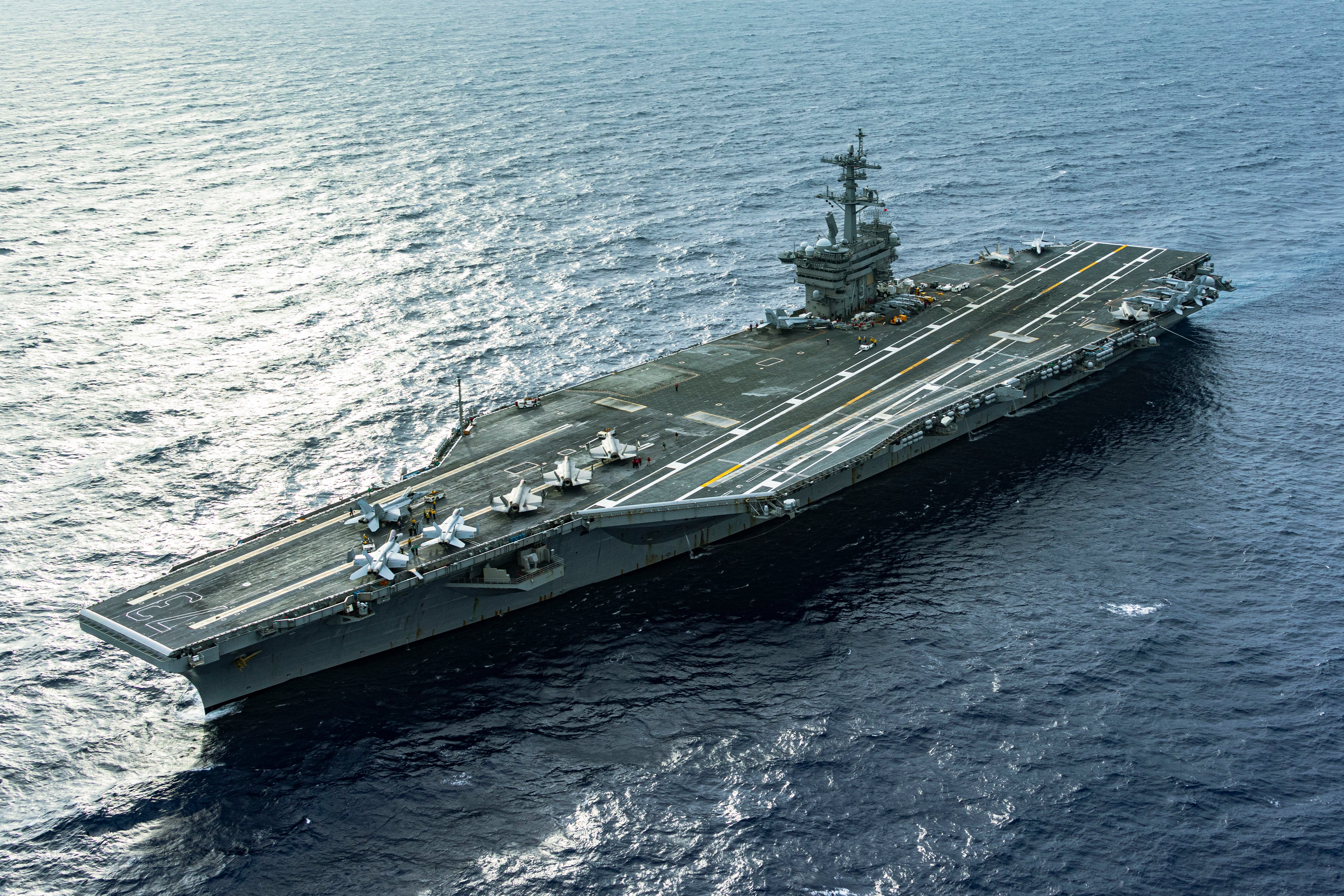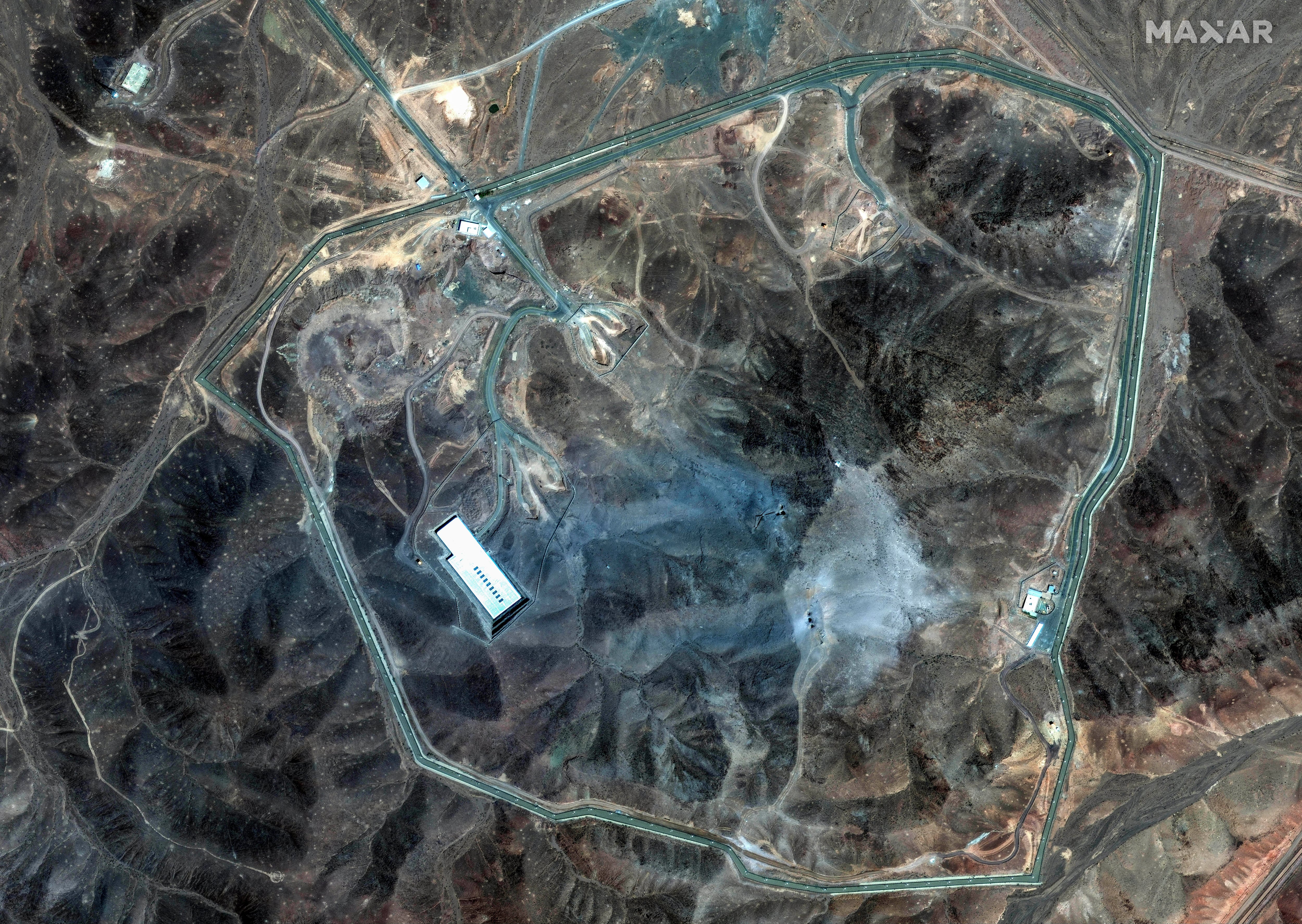The USS George H.W. Bush deployed Wednesday from Naval Station Norfolk — the aircraft carrier’s first deployment since 2017.
The Bush is expected to replace the aircraft carrier Harry S. Truman, which is currently deployed to the U.S. 6th Fleet area of operations.
“We bring the full-range of U.S. and allied maritime power in support of national security and defense objectives wherever we sail,” said Rear Adm. Dennis Velez, commander of Carrier Strike Group 10, in a Navy news release. “Throughout our deployment we will continue to operate with and reassure our allies, maintain open sea lanes for trade and increased prosperity, and deter — or if necessary — destroy our adversaries.”
The Bush previously deployed in 2017 to the Mediterranean and Persian Gulf, where the carrier conducted flights and sorties over Iraq and Syria to combat the Islamic State. During that deployment, the embarked Carrier Air Wing 8 dropped nearly 1.8 million pounds of ordnance.
RELATED
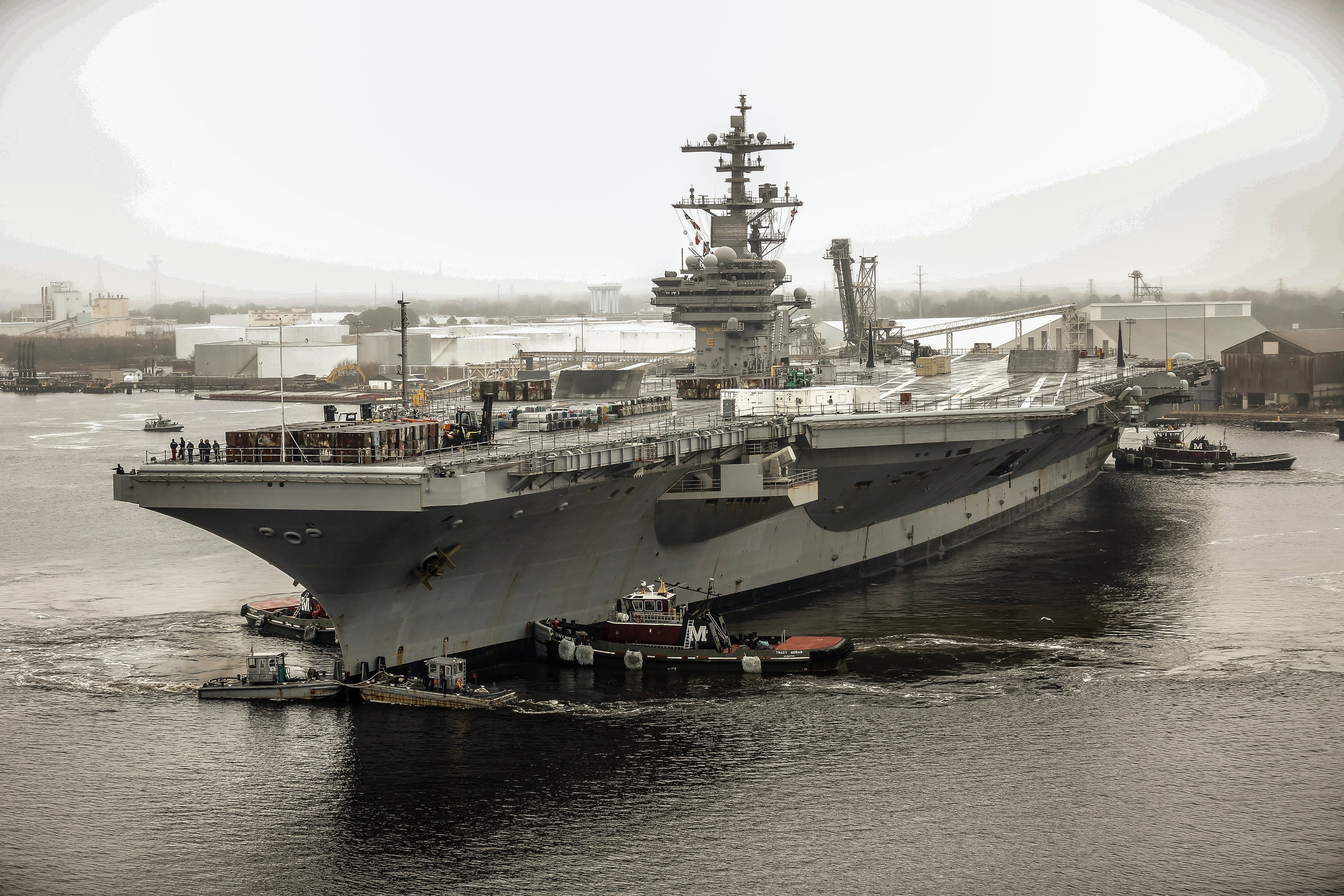
The current carrier strike group includes the guided-missile destroyers Nitze, Truxtun, Farragut and Delbert D. Black, the guided-missile cruiser Leyte Gulf, and Carrier Air Wing 7.
The carrier strike group got the green light to deploy in June when it concluded its composite training unit exercise, known as COMPTUEX, with the 26th Marine Expeditionary Unit out of Camp Lejeune, North Carolina; the Italian destroyer ITS Caio Duilio; and submarines from Brazil and Colombia.
“This is the first time that a marine expeditionary unit has integrated into a carrier strike group’s COMPTUEX,” Marine Corps Col. Dennis Sampson, commanding officer of the 26th MEU, said in a Navy news release in June. “This COMPTUEX allowed the 26th MEU to partner with Expeditionary Strike Group 2 as a higher echelon command mirroring a marine expeditionary brigade or the current Task Force 61/2 construct.”
The Task Force 61/2 construct refers to the 6th Fleet’s Task Force 61 Naval Amphibious Forces Europe/2d Marine Division, which was established in April to consolidate Blue-Green forces in Europe.
The carrier wrapped up a 30-month long maintenance period in August 2021, which included a complete shaft and propeller overhaul, rudder refurbishment, catwalk and tank preservation, along with modernization updates to electronic and combat systems, catapults and hotel services, according to the service.
The drydocking planned incremental availability kicked off at Norfolk Naval Shipyard in February 2019.

